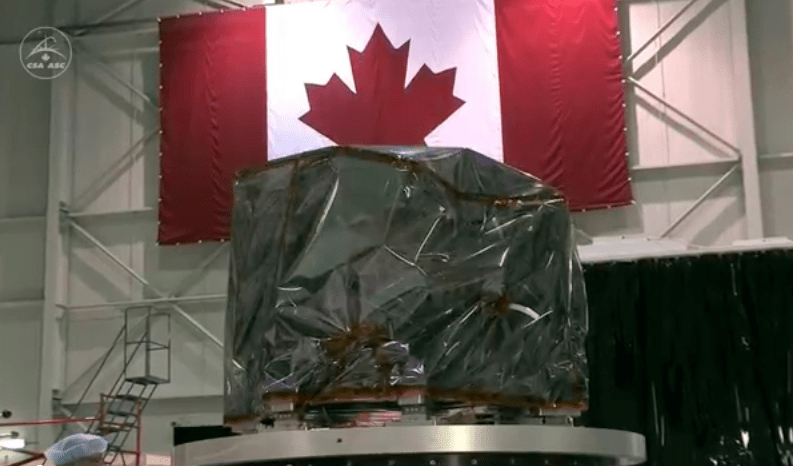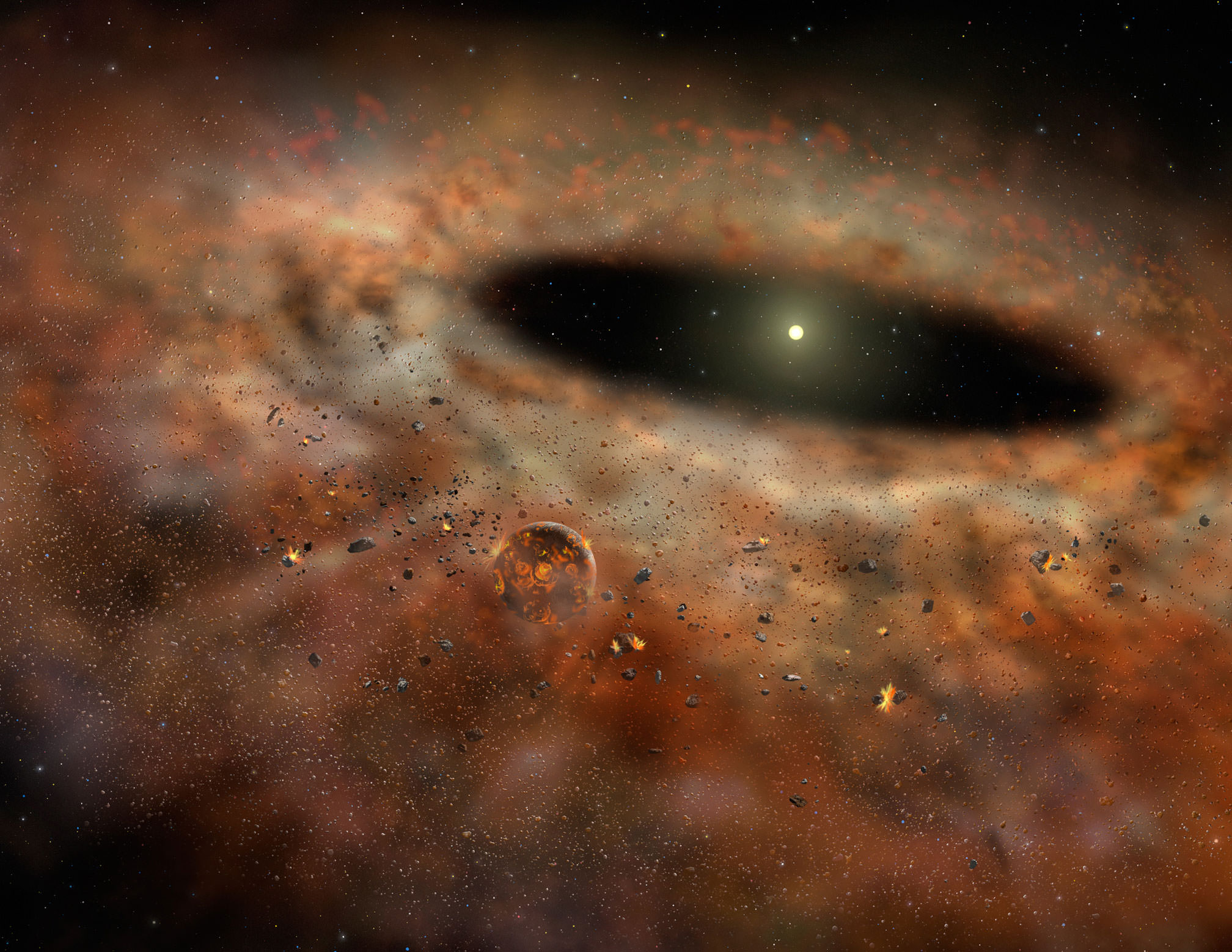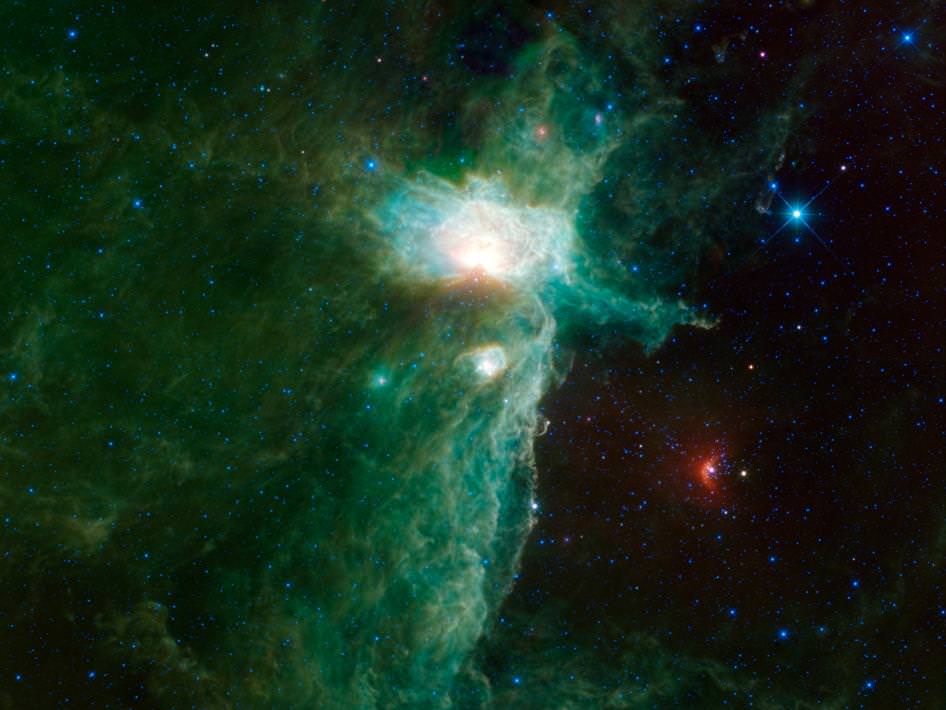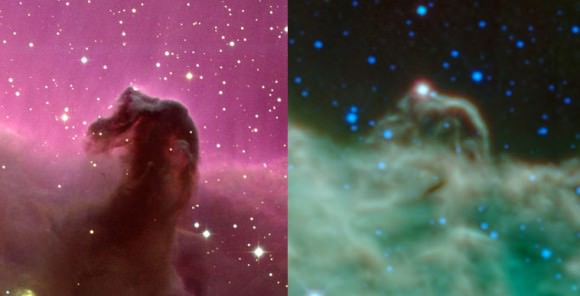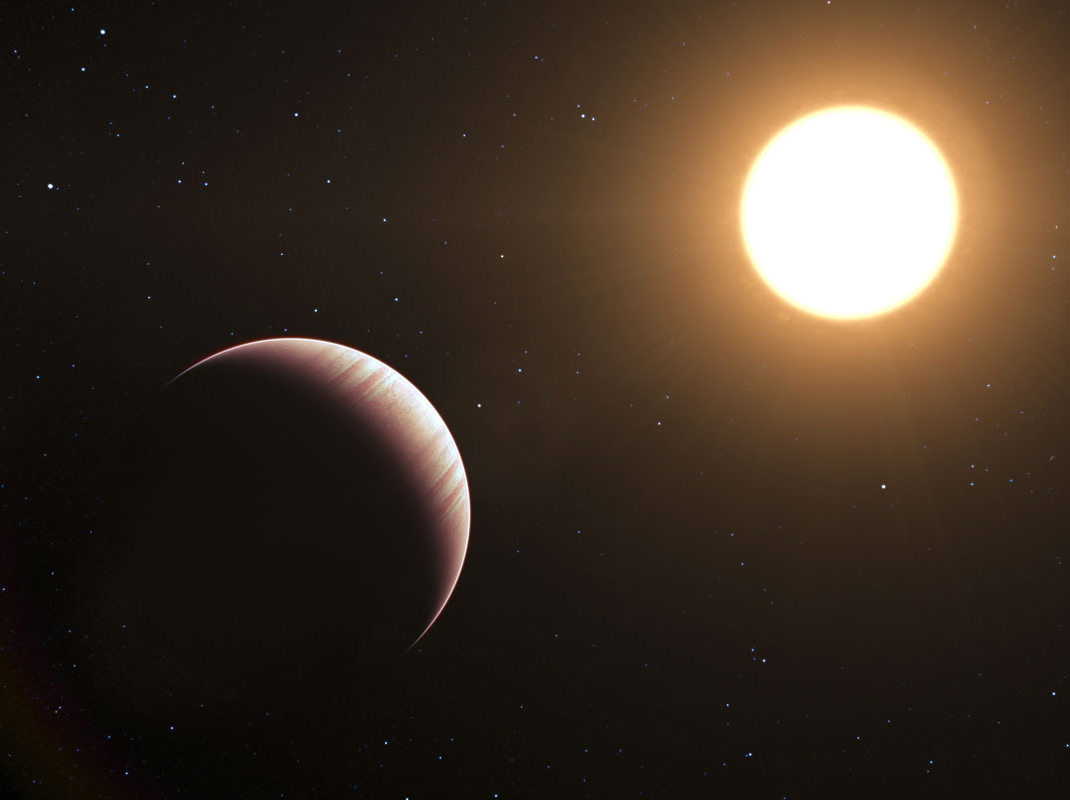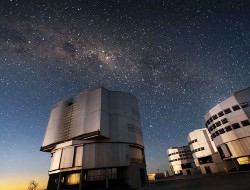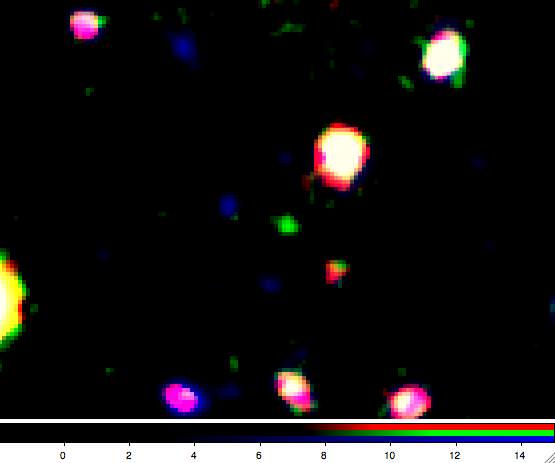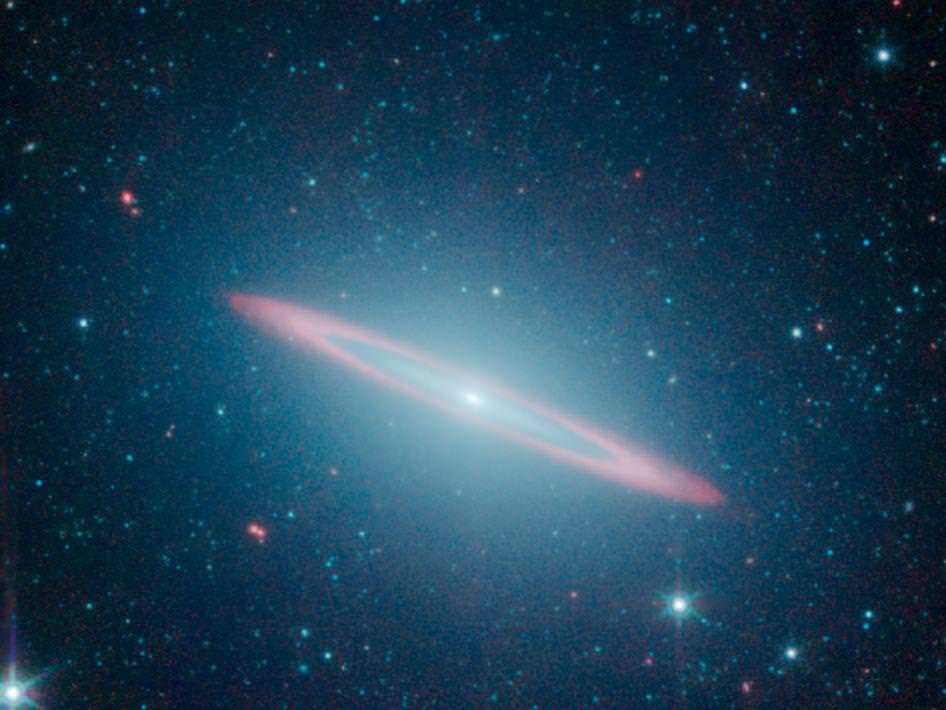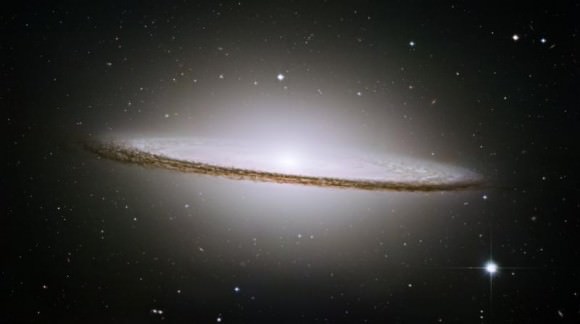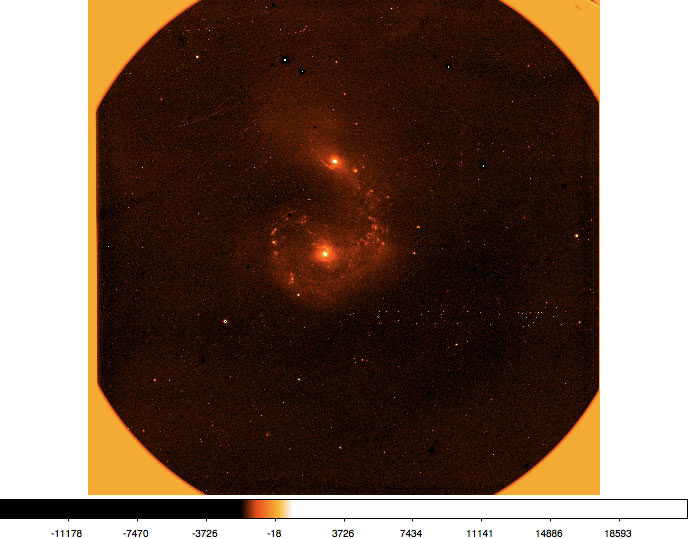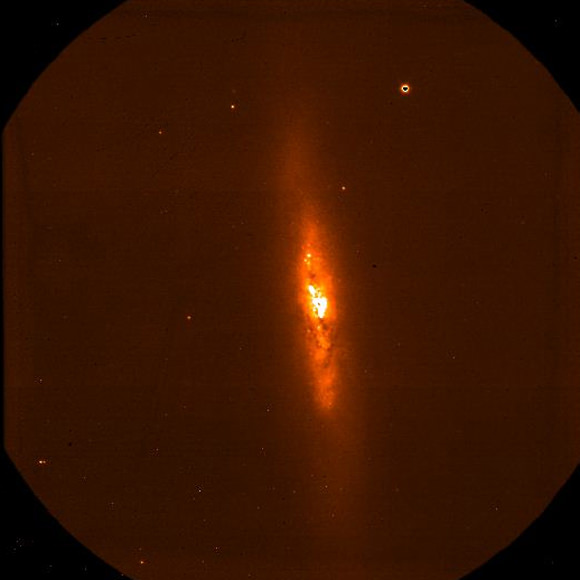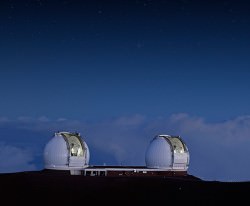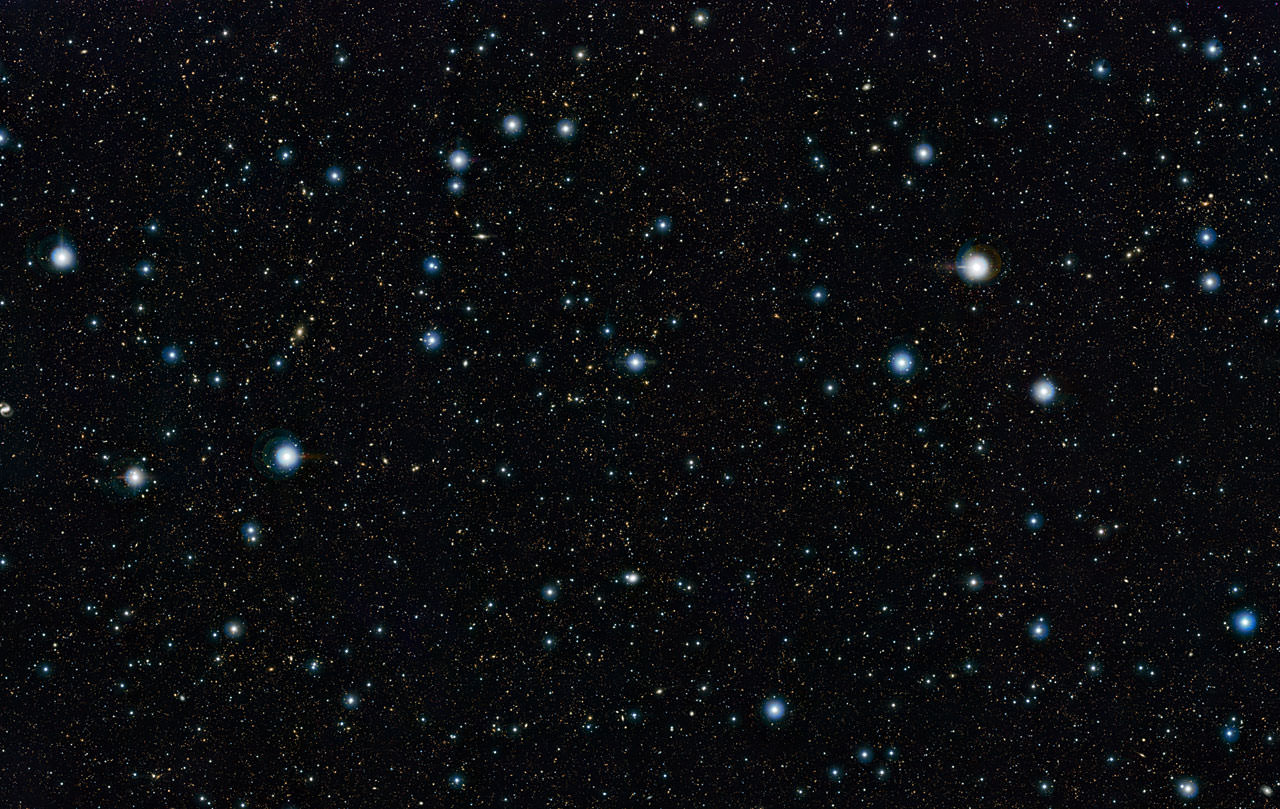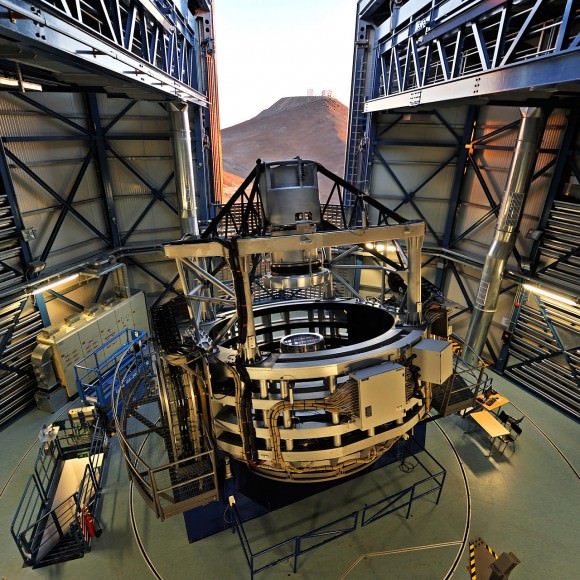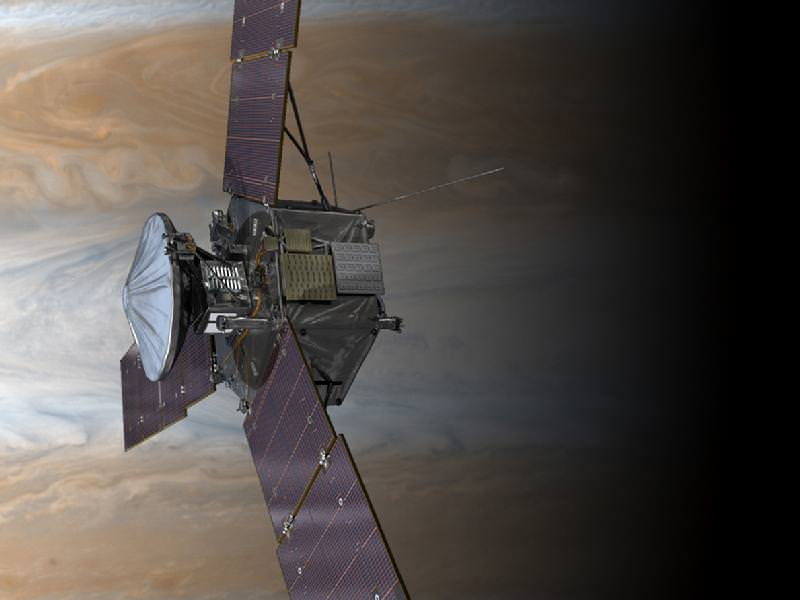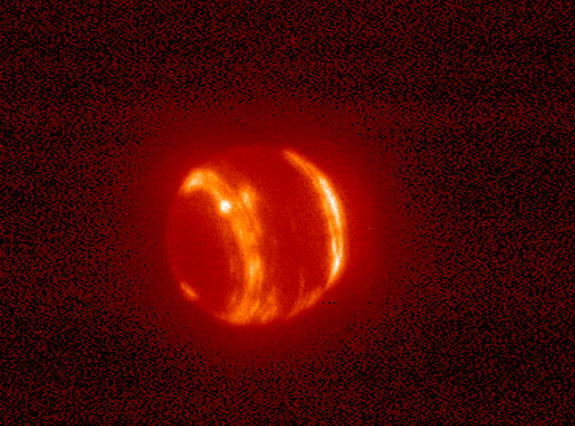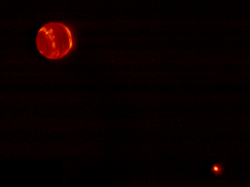Today Canada’s Minister of Industry Christian Paradis unveiled the technologies that comprise Canada’s contribution to the James Webb Space Telescope, a next-generation infrared observatory that’s seen as the successor to Hubble.
CSA will provide JWST with a two-in-one instrument: a Fine Guidance Sensor (FGS) Near-Infrared Imager and Slitless Spectrograph (NIRISS). Both were designed, built and tested by COM DEV International in Ottawa and Cambridge, Ontario, with technical contributions from the Université de Montréal and the National Research Council Canada.
Read: Watch the James Webb Being Built via “Webb-Cam”
“Canada has a proud legacy in space and we are once again pushing the frontier of what is possible. These two outstanding technologies are perfect examples of how Canada has secured its world-class reputation. Our Government is committed to ensuring the long-term competitiveness and prosperity of such a vital economic sector.”
– The Honourable Christian Paradis
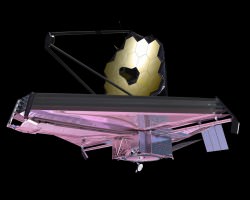 The FGS consists of two identical cameras that are critical to Webb’s ability to “see.” Their images will allow the telescope to determine its position, locate its celestial targets, and remain pointed to collect high-quality data. The FGS will guide the telescope with incredible precision, with an accuracy of one millionth of a degree.
The FGS consists of two identical cameras that are critical to Webb’s ability to “see.” Their images will allow the telescope to determine its position, locate its celestial targets, and remain pointed to collect high-quality data. The FGS will guide the telescope with incredible precision, with an accuracy of one millionth of a degree.
The NIRISS will have unique capabilities for finding the earliest and most distant objects in the Universe’s history. It will also peer through the glare of nearby young stars to unveil new Jupiter-like exoplanets. It will have the capability of detecting the thin atmosphere of small, habitable, earth-like planets and determine its chemical composition to seek water vapour, carbon dioxide and other potential biomarkers such as methane and oxygen.
The FGS/NIRISS instruments can be seen in this development video from CSA:
“Imagine the challenge at hand here: to design and deliver technology capable of unprecedented levels of precision to conduct breakthrough science on board the largest, most complex and most powerful telescope ever built,” said Steve MacLean, President of the CSA. “The Webb telescope will be located 1.5 million kilometers from Earth— too far to be serviced by astronauts like Hubble was. At that distance, the technology simply has to work. This is the outstanding level of excellence Canadians are capable of achieving. It’s something for all of us to be proud of.”
The instruments will be delivered to NASA on July 30.
Read more on the CSA press release here, and learn more about the James Webb here.
Images/video: CSA and NASA

